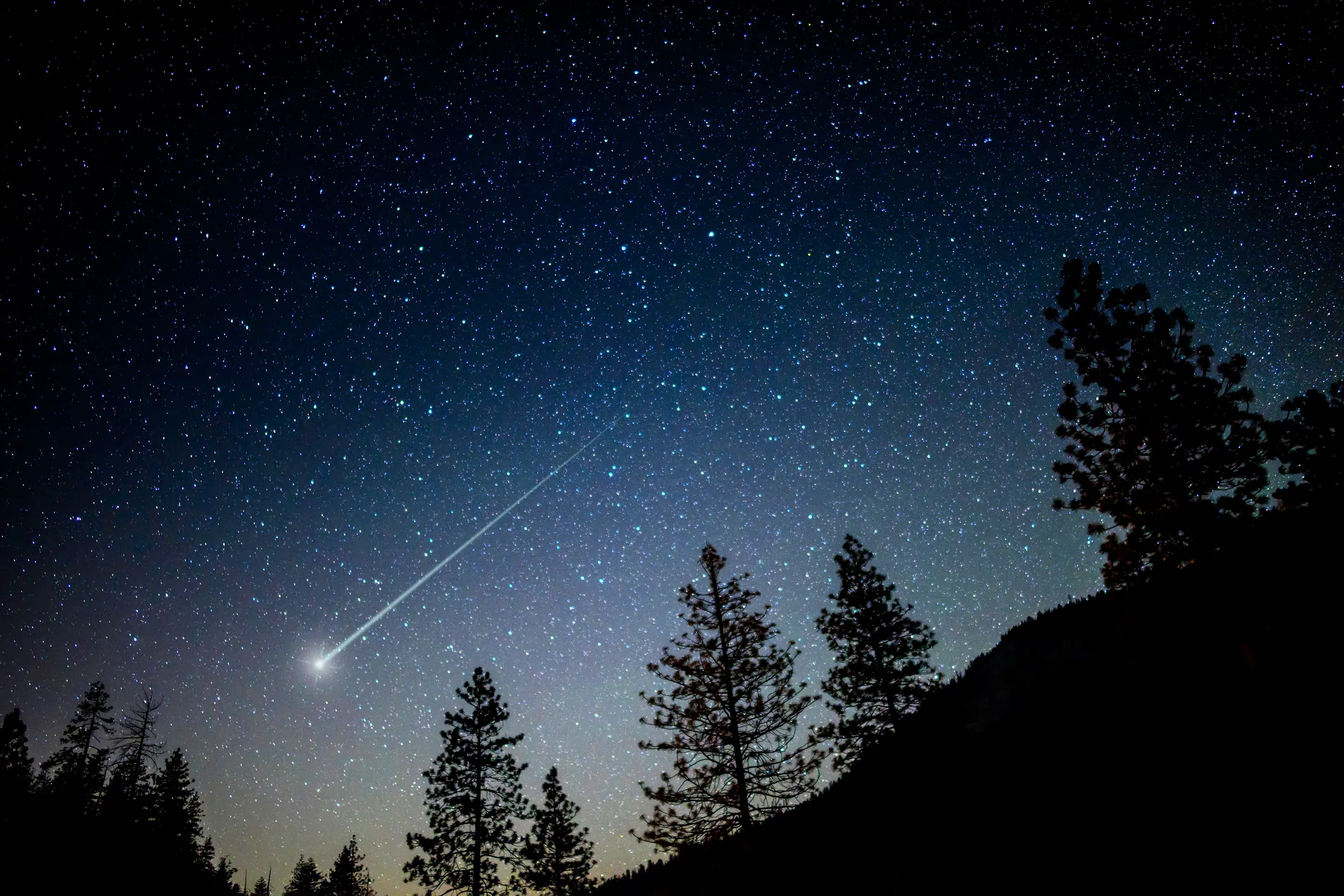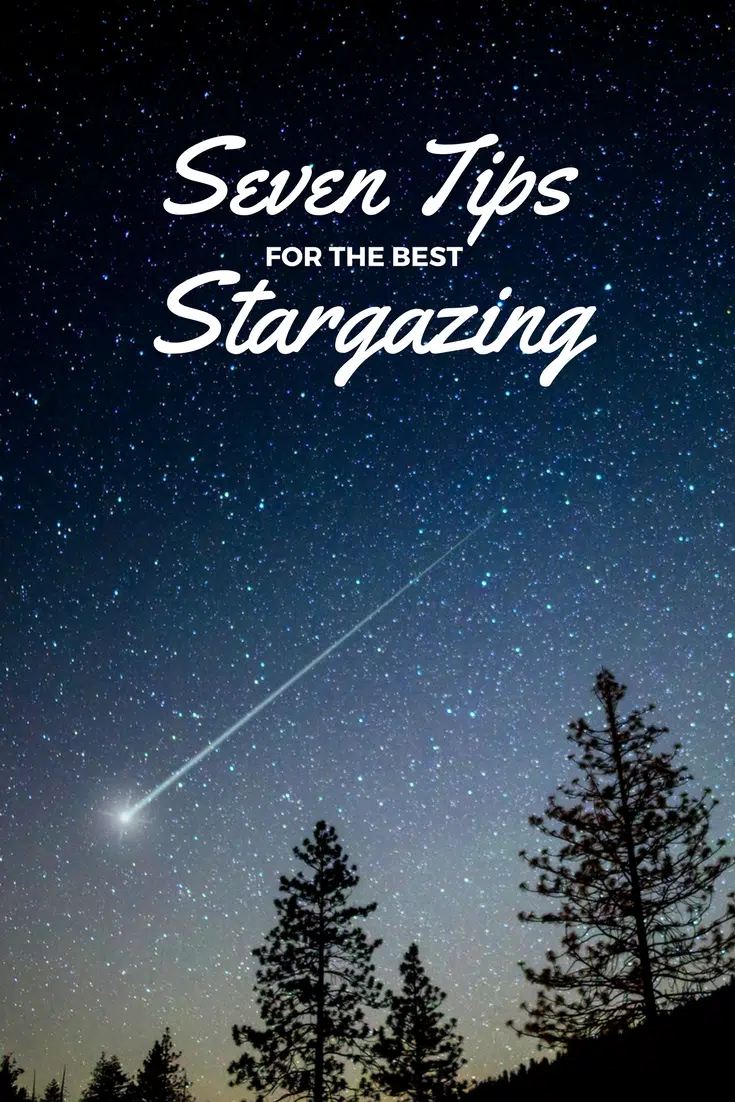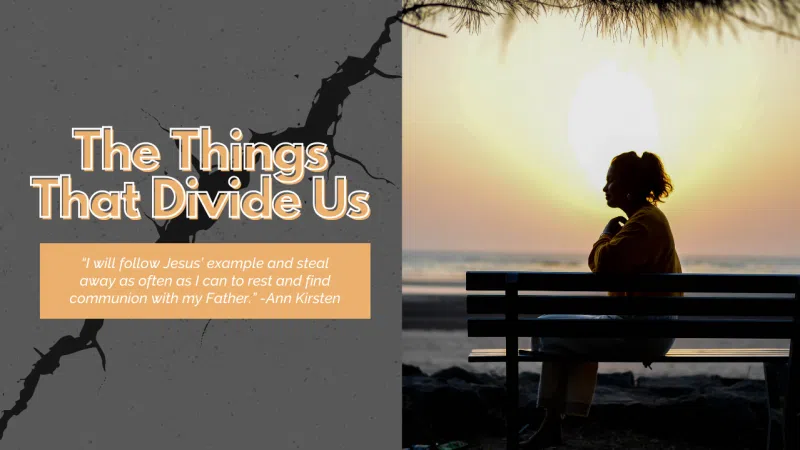Every time I catch a glimpse of the three brightest stars in Orion’s belt, I stop for a moment.
It’s been a habit since childhood: We stood in the yard, heads tilted back, fingers pointing even though no one could see what we were pointing at, trying to imagine the filled-in constellations of a swan, dragon, dipper, or bear. My favorite, however, was Orion… specifically, his belt.
I liked it because that slanted line of three closely-placed stars was easily visible, even from our yard in the city suburbs, and it always seemed to appear so close to our house, like it was placed there especially for me to find. I loved hearing the stories my parents told me about Orion, the famous hunter from Greek mythology.
You can plan a night of stargazing, or it can spontaneously fit around other activities. Often, my parents would point out the stars before coming in from a nighttime event. At other times, we went outside for a while, especially during special events like lunar eclipses and meteor showers, and to see comets, satellites, and planets, which are only visible occasionally.
Here are a few tips if you want to try stargazing with your own family:
Review a star map before you go out to build excitement and get an idea of the constellations and planets you might see. Many websites and apps use your location to generate a star map for your area and season. Consider downloading a constellation finder mobile app for use during stargazing if finding specific constellations is important to you.
Connect-the-dots activities can be a fun way to introduce younger kids to the idea that constellations are star pictures. You can download and print connect-the-dots pictures to get familiar with specific constellations to make them easier to find at night.
Keep safety in mind when going out, especially in unfamiliar locations (like campsites, fields, etc). Bring flashlights for walking to and from stargazing areas (no sprained ankles!), and have younger children stay close to the adults to keep from getting lost (you can use a blanket to create a designated “safety zone”).
Make it a game to be the first person to find specific constellations, or to find the most overall. You can also have your kids invent their own constellations and stories about them.
Bring sweaters and blankets, since summer nights may get cool, especially when skies are clear. Blankets are also handy if you want to lie on the ground (it can be hard on necks to constantly look up).
Bring food, like movie-style snacks (something you can eat in the dark), or pack a full picnic dinner to eat while you’re waiting for the stars to come out.
Consider brushing up on your Greek and Roman mythology. Many of the constellations we know are based on these myths, so sharing the stories as you identify the constellations can add extra depth to the experience. Go even deeper by learning the stories from other ancient nations too (almost every people group has their own myths about the stars).
What are your best tips for stargazing? What constellations have you seen?
About the Author:
 Shelly Najjar is a bucket list and travel blogger at The Goal List. She celebrates fun moments big and small, and encourages a responsible, ethical, and balanced approach to bucket list adventures.
Shelly Najjar is a bucket list and travel blogger at The Goal List. She celebrates fun moments big and small, and encourages a responsible, ethical, and balanced approach to bucket list adventures.













